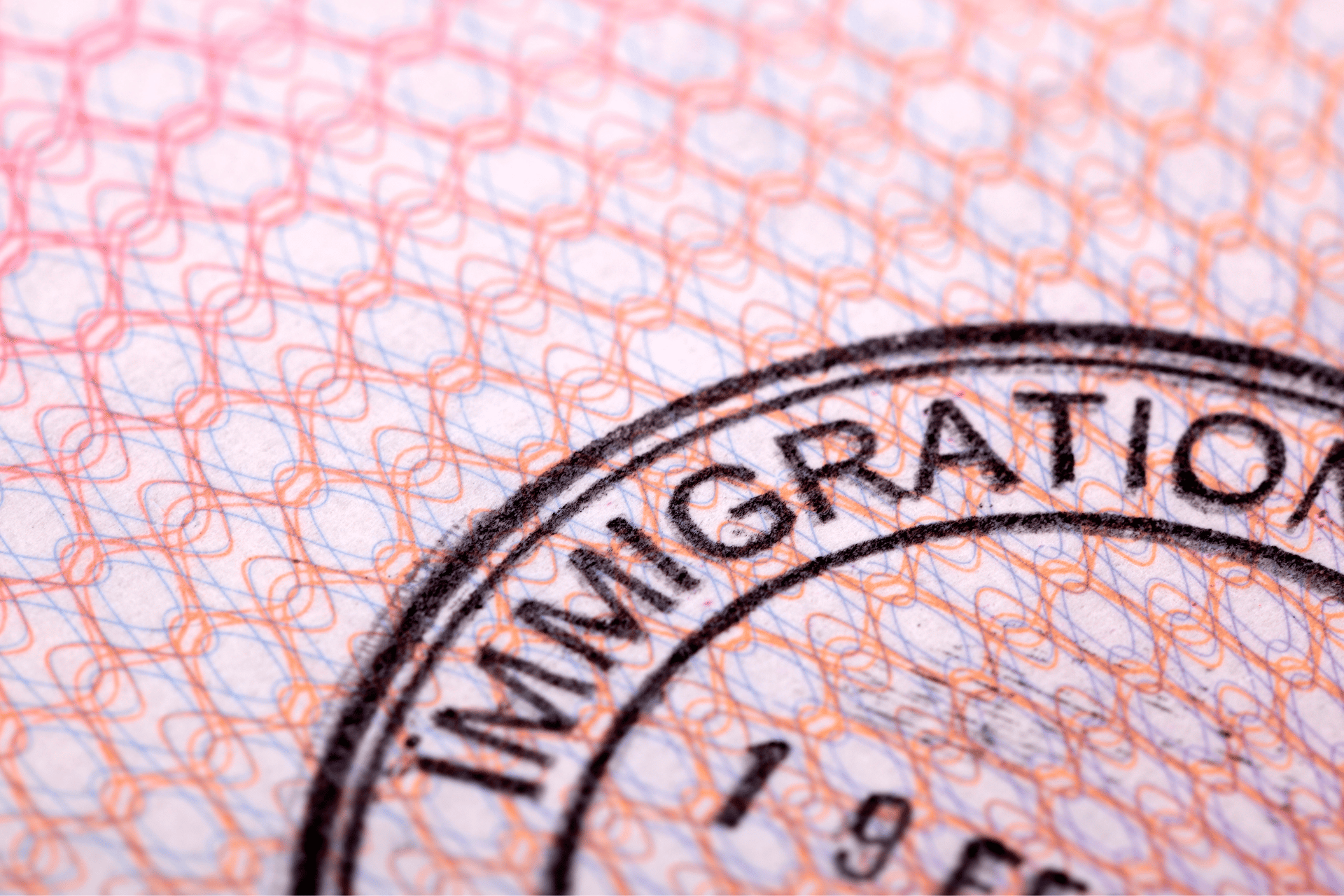As the holidays season approaches, immigration considerations may be at the forefront of many people’s concerns. With historically long wait times and limited visa appointment availability, traveling for the holidays may seem daunting, if not impossible. However, if you have an expired visa, there is still a way you can travel without having to attend visa stamping. Consider visa revalidation.
U.S. Customs and Border Protection (CBP) has the authority to admit certain temporary visitors holding expired nonimmigrant visas under the automatic revalidation provision of U.S. immigration law. Automatic revalidation is available for those in F, J, O, and H-1B status. Eligibility for automatic revalidation is limited to certain circumstances, however, so it is important to fully understand the requirements.
First, you must have departed the U.S. for brief travel to Canada, Mexico, or an adjacent island (for F and J nonimmigrants only), for less than 30 days. Second, you must hold a valid, unexpired admission stamp or paper form I-94 arrival/departure record. This means an approval notice with an unexpired I-94, or a physical, unexpired I-94 stamp in your passport. If you meet the above criteria, you can travel and return to the U.S. using your expired visa. In other words, this allows you to travel briefly without having to obtain a new visa stamping. This is an attractive option right now since visa appointment availability remains limited at most consulates.
Importantly, automatic revalidation is not available for those whose visit outside the U.S. exceeds 30 days, or if the visit includes countries other than Mexico, Canada, or an adjacent island (for F or J holders only). This means you cannot depart to Canada or Mexico first and then continue to a different country, to avoid visa stamping and use automatic revalidation instead. Further, automatic revalidation is not available for nonimmigrant travelers from countries listed as State Sponsors of Terrorism. Currently, that list includes Cuba, North Korea, Iran, and Syria.
Despite its limitations, an automatic revalidation is a great option for those looking to get away who hold an expired visa. Notably, the expired visa does not have to match the holder’s current nonimmigrant visa category. In other words, if you entered the U.S. initially on an F-1 visa which has now expired, but later changed to H-1B status, you can use the expired F-1 visa for automatic revalidation to reenter the U.S. on your H-1B status. You would simply use the expired visa and present your current H-1B approval, showing the unexpired I-94 number, evidencing your change in status. For those who may have recently changed status to H-1B through the FY 2023 Cap, this is a great option to travel, without having to return to your home country for H-1B visa stamping.
When using vias revalidation, there is some documentation you will need to carry upon reentry. In addition to the expired visa and proof of a valid I-94 number, you will also need to carry the correct visa category-specific documentation. For an F-1 student, this includes the current I-20 and OPT EAD card, if applicable. For J-1, this would be a valid DS-2019. For H-1B, this means the current, unexpired H-1B I-797 approval notice and, ideally, an employment verification letter confirming your services are still expected in the U.S.
We advise consulting with an experienced attorney before making any travel plans, to ensure there is no disruption to your immigration status. If you are making travel plans and need clarification regarding visa revalidation or how visa stamping delays may impact you, please reach out to us today. We are here to help.

